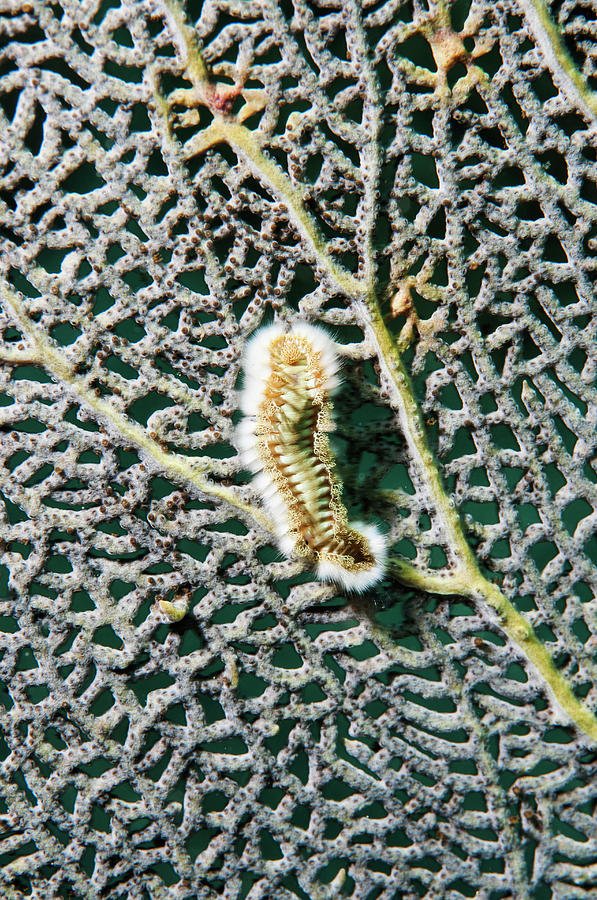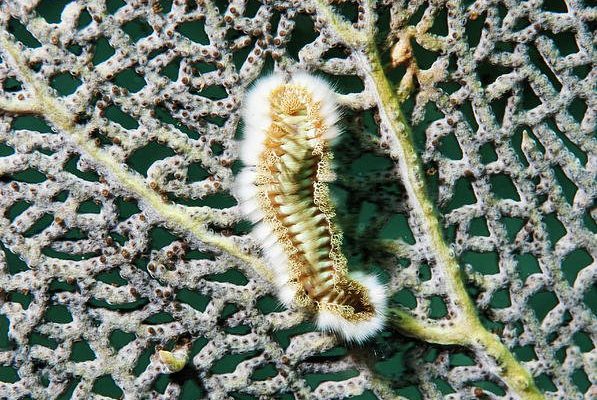
Well, the short answer is that bristle worms are pretty impressive when it comes to regeneration. It’s like they have their own version of a superpower. To put things into perspective, think of how you might react after a small cut: a bit of discomfort, maybe some Band-Aids, and eventually, things heal up. Bristle worms, however, can regenerate entire parts of their bodies. In this article, we’ll dive deep into how and why these fascinating creatures possess such remarkable capabilities.
What Are Bristle Worms?
Bristle worms are part of the polychaete family, which includes some 10,000 species! These worms are often found in marine environments, from tropical reefs to muddy ocean floors. They can range in color from bright reds and yellows to more muted browns and greens. Visually, they have long, segmented bodies that can be covered in bristles (which is where their name comes from). Each segment typically has a pair of bristly appendages called parapodia that help them move.
Now, you might be wondering, “What’s the deal with these bristles?” Well, they serve multiple purposes. They help with locomotion, allowing bristle worms to burrow into sand or swim through the water. Plus, they can provide some protection against predators, acting as a physical barrier. Imagine trying to grab a prickly hedgehog—it’s not easy, right?
How Do Bristle Worms Regenerate?
If you’re curious about how regeneration works, you’re not alone. Regeneration is a fascinating biological process, and bristle worms are experts at it. When a bristle worm experiences injury, such as being cut in half, the remaining portions can begin to heal and regenerate lost body parts. This is thanks to special cells known as *neoblasts*, which are essentially stem cells that can transform into different cell types to create new tissue.
So, what does this process look like? First, the worm’s body will start to close off the wound to prevent further damage. Blood cells and other healing components rush to the site, much like how our own body responds to a cut. Over time, new tissue begins to form, and within weeks, the worm can grow back lost segments and even regenerate parts of its head or tail. It’s a bit like watching a magician pull a rabbit out of a hat—only instead of a rabbit, you get a whole new body segment!
Why Do Bristle Worms Regenerate?
“Why do they have this ability?” is a common question. Regeneration is believed to be an evolutionary advantage. Consider this: in the wild, bristle worms often face predators, environmental hazards, and the challenges of their habitat. Being able to regenerate missing parts means they have a better chance of surviving and reproducing.
This ability doesn’t just help them bounce back from danger; it also allows them to adapt to changing environments. For instance, if a bristle worm on a reef loses part of its body due to a predator, regenerating that lost section helps it regain its ability to move, hunt, and ultimately thrive in its habitat. It’s a survival strategy that lets them keep on wriggling, even when life gets tough!
Limitations of Regeneration
While regeneration is a remarkable ability, it’s not without its limits. Not every part of the bristle worm can regenerate. For example, they may struggle with regenerating complex structures like specialized organs. And, there’s also a limit to how many times they can regenerate. If a worm faces repeated injuries or environmental stress, it may not be able to regenerate as effectively.
Additionally, the overall health of the bristle worm plays a significant role in its regenerative capabilities. If the worm is stressed, malnourished, or living in polluted waters, it’s less likely to regenerate successfully. Think of it like us trying to heal from a cut while juggling everyday stress—it’s definitely tougher.
Comparing Regeneration in Other Animals
When you start to dive into the world of regeneration, you’ll notice that bristle worms aren’t alone. Other incredible creatures have this ability too! For instance, **axolotls** are famous for regenerating limbs, spinal cords, and even parts of their hearts and brains. Similarly, **flatworms** can regenerate any part of their body, and some species can even grow an entirely new head.
Comparing these amazing abilities helps highlight how different species adapt to their environments. Each creature has evolved unique strategies that suit their lifestyles. For example, while bristle worms regenerate to survive predators, axolotls might use their regenerative powers for different ecological reasons. It’s all about finding your niche in nature!
Bristle worms are more than just squirmy little creatures hiding in the sand; they are a testament to nature’s creativity and resilience. Their ability to regenerate when cut showcases a biological prowess that many other species admire.
As we continue to study these fascinating animals, we learn more about regeneration’s potential applications in medicine and biology. While we might not be able to regenerate limbs like some creatures, understanding how bristle worms and others do it can inspire new healing techniques for humans. So, the next time you spot a bristle worm, remember: they’re not just surviving—they’re thriving in their own remarkable way!

